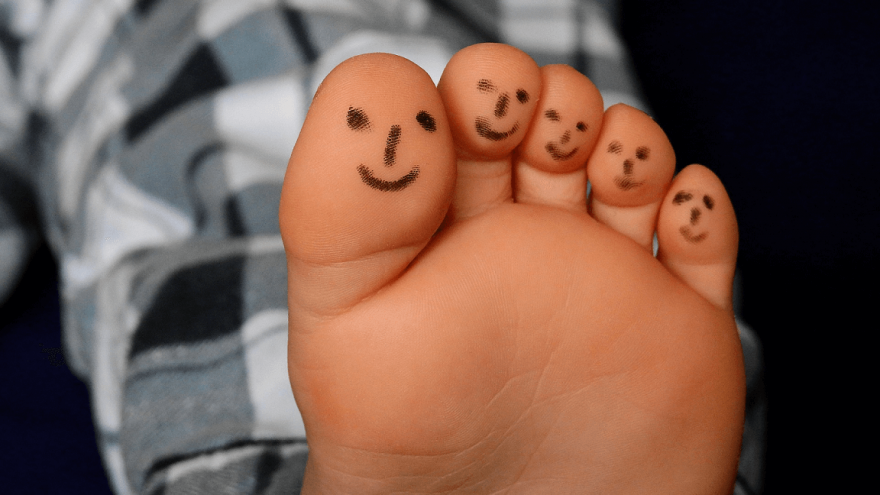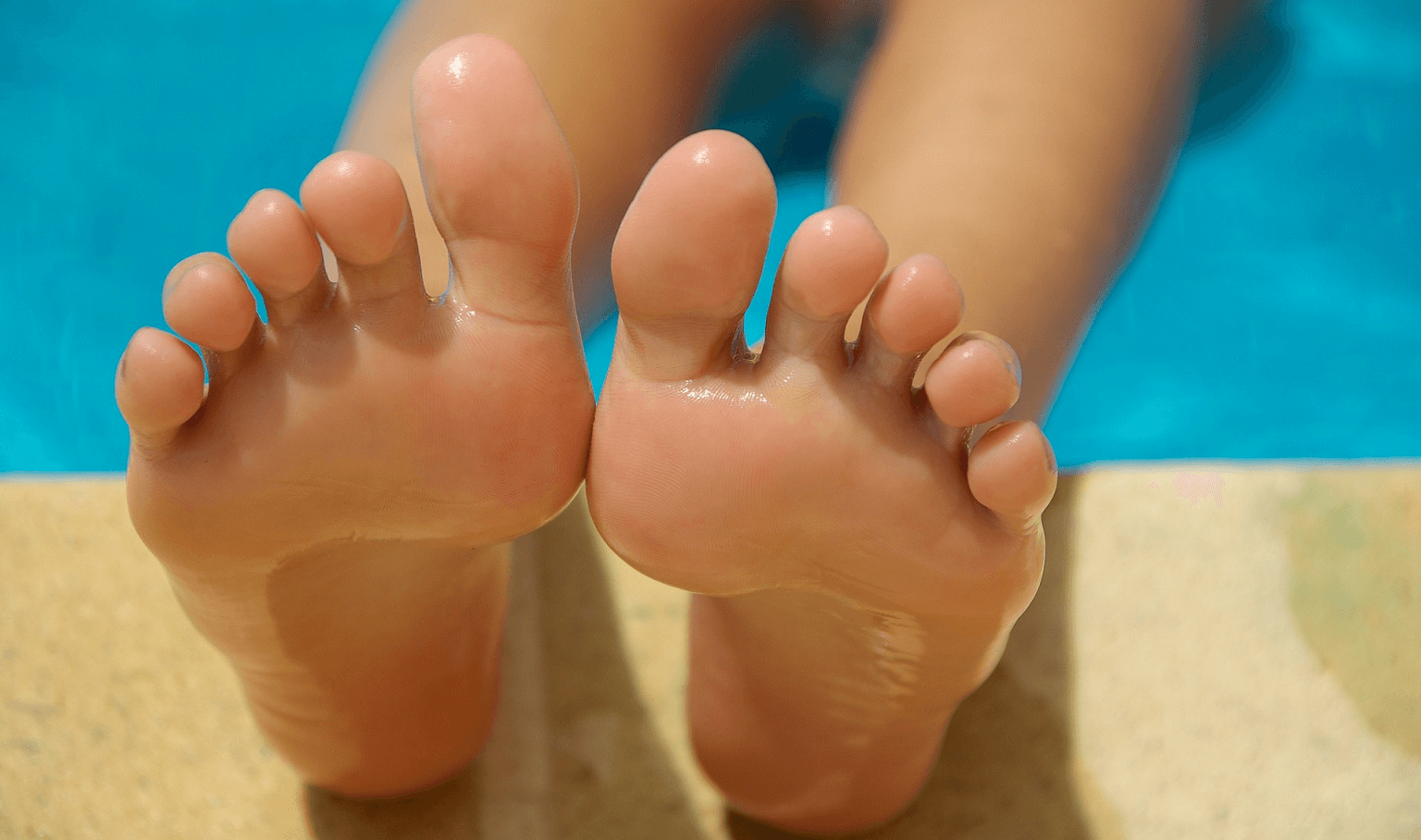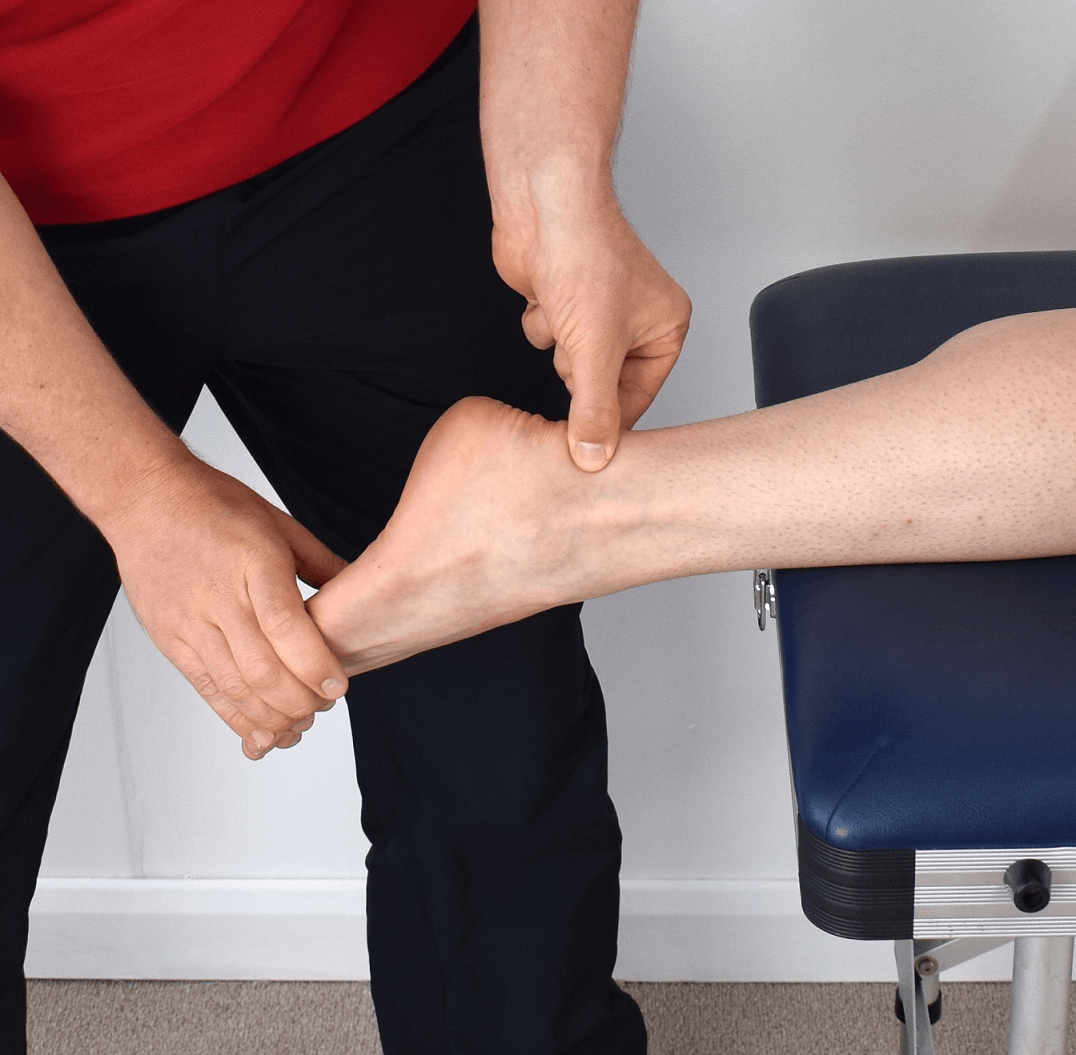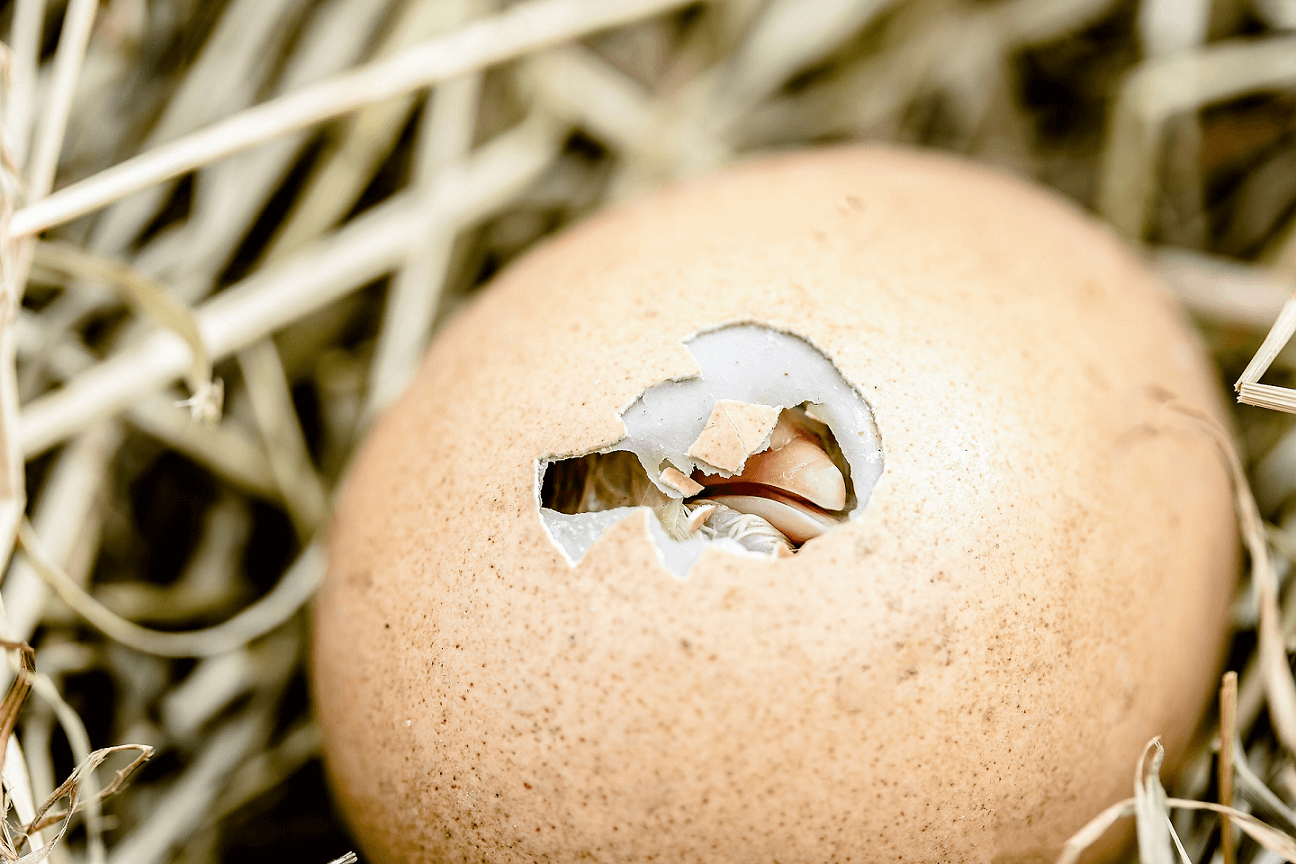Are You a Victim of Your Genes? What Foot Structure Says About Endurance Running and Sprinting Potential

How well you run depends on how hard and smart you train, recover and fuel, right? Or does it? Is the level at which you’re able to perform really 100% up to you, or are you limited (or advantaged!) by your genes? And, if so, to what extent do your genes impact your running performance?

Recent research indicates that the structure of your feet give a good indication of your running potential. Intrigued? Here’s what your trotters may have to say about your sprinting and distance running abilities.
For sprinters, it’s all in the toe bones
In an article published in the Proceedings of the Royal Society in 2011, researchers found that the forefoot bone structure of sprinters significantly differed from that of non-sprinters. When compared to non-sprinters, the big toe bones of competitive sprinters measured, on average, 6.2% longer. In addition, the first metatarsal (or bone just below the big toe) also measured 4.3% longer in sprinters. Based on the results of this small-scale study, it therefore appears that longer forefoot bones may be indicative of greater sprinting potential.

Interestingly enough, a 2017 study published in the Scandinavian Journal of Medicine and Science in Sports found that the length of the bones in the second toe, not the big toe, correlated with the fastest 100-m sprint times of study participants. In other words, the sprinters with the longest second toes had the fastest 100 m sprinting times. (Note that this study confirmed that sprinters have longer big and second toes than non-sprinters. Longer second toes only separated the fastest from the fast among the sprinters themselves.)
Or is it…?
Forefoot bone structure is, however, not the only difference that has been identified between sprinters and non-sprinters. In addition to this, the 2011 study also found the Achilles tendon lever arms of sprinters to be 12% shorter than that of non-sprinters.

So how exactly does longer forefoot bones and a shorter Achilles tendon allow athletes to sprint faster? In a nutshell, it was found that these two structural differences enable the calf muscles to do more work. More power and speed can therefore be built up during the acceleration phase of a sprint race, which is crucial for a good result. But that’s not all. The combination of longer toe bones and shorter Achilles tendon lever arms also enable sprinters to produce a greater contact force between the ground and the feet. This force can then also be maintained for a longer time. All of which gives individuals with sprinter-like feet an edge.
What came first: The chicken or the egg?
And while this is good news for those of us with long toes and big sprinting aspirations, it’s worth noting that researchers were unable to confirm whether the differences in foot and ankle skeletal structure were hereditary, or the result of years of sprint training.

According to Josh Baxter, lead author of the 2011 study, “there is evidence that human skeletal strength and form are altered by certain types of athletic training”. Which means that there may still be hope for those of is with long tendons!
Is long big toes and a short Achilles tendon all it takes then to be a good sprinter?
But even if you happen to be genetically blessed with longer toes and shorter Achilles tendons, Baxter emphasizes that a number of additional factors are at play when it comes to sprinting potential. Things like body type, limb dimensions and the presence and dominance of fast-twitch muscle fibers also play a major role in determining an individual’s potential to become a competitive sprinter.
What about endurance runners?
And what about endurance runners? Is a specific foot structure ideal when it comes to distance running? A 2018 study by a team from Ritsumeikan University in Japan found that endurance runners had longer forefoot bones in both the big toe and second toe compared to that of untrained study participants. In addition, longer big toe bones correlated positively with faster 5K times in distance runners. A longer big toe may therefore, in other words, lead to faster endurance running times.
As far as Achilles tendons go, it comes as no surprise that, in contrast to the findings of the 2011 study mentioned earlier, a 2017 study found that endurance runners with a good running economy have longer Achilles tendons than other endurance runners. It therefore appears as if sprinters benefit from a shorter Achilles tendon, while the opposite is true for endurance runners.
Now what…?
So now that you have all this information, how can you use it to your advantage? The truth is that you can’t. While it certainly is interesting, there’s not a lot you can do about the length of your toes. Yes, individuals with specific physical traits do tend to excel at specific running disciplines. But other factors – ones that we have more control over – play a much bigger role in overall running performance. Things like weight and general health.

So instead of sitting around, moping about the length of your big toes, rather do what you can do about the things you have control over. Follow a nourishing, wholesome diet. Get enough rest. Reduce stress. And enjoy the gift of running, irrespective of the structure of your feet.
Sources
- , Born to run? MRI scans reveal that sprinters have different bone structure from the rest of us, Online publication
- , Do You Have What It Takes to Be a Fast Runner? Look at Your Feet, Online publication
- , Association between Forefoot Bone Length and Performance in Male Endurance Runners, Scientific journal
- , Relationship between the length of the forefoot bones and performance in male sprinters, Scientific journal
- , Ankle joint mechanics and foot proportions differ between human sprinters and non-sprinters, Scientific journal
- , Relationship between Achilles tendon length and running performance in well‐trained male endurance runners, Scientific journal
Latest Articles
 Is Running on a Treadmill Easier Than Running Outside?Runners have their own preferences, whether it is treadmill running, running outside on the road, or exploring trails. So...
Is Running on a Treadmill Easier Than Running Outside?Runners have their own preferences, whether it is treadmill running, running outside on the road, or exploring trails. So... Is It OK to Use Trail Running Shoes on the Road?While trail running shoes can be used on roads, especially in situations where a runner encounters mixed terrains or pref...
Is It OK to Use Trail Running Shoes on the Road?While trail running shoes can be used on roads, especially in situations where a runner encounters mixed terrains or pref... How to Fix Sore Quads After Running?Rest, ice, gentle stretching, and over-the-counter pain relievers can help soothe sore quads after running. Also, ensure ...
How to Fix Sore Quads After Running?Rest, ice, gentle stretching, and over-the-counter pain relievers can help soothe sore quads after running. Also, ensure ... 10 Fruits With The Most Electrolytes to Replace Sports DrinksThese fruits are high in electrolytes such as potassium, magnesium, and calcium, essential for hydration, muscle function...
10 Fruits With The Most Electrolytes to Replace Sports DrinksThese fruits are high in electrolytes such as potassium, magnesium, and calcium, essential for hydration, muscle function...

